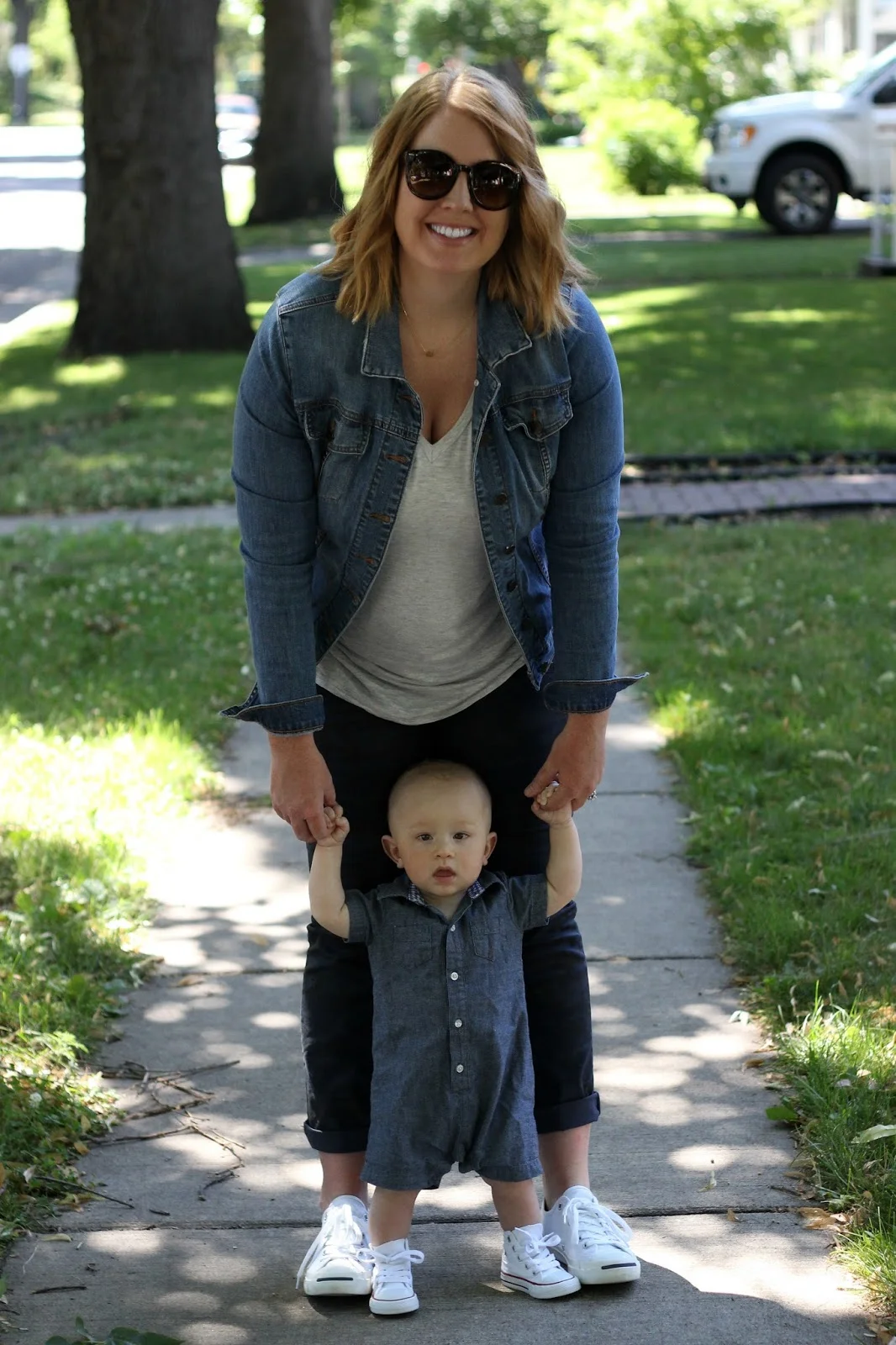About
Welcome to Fragile Mama!
I'm Bev, the main voice for this site.
By day I am a Director at a healthcare system in the Twin Cities. My husband, Keith, is a former elementary teacher (now works in admin). We live in a suburb of Minneapolis with our two kids, miniature poodle, and adopted cat.
Our lives dramatically changed on February 19th, 2018 when our son, Conor, was diagnosed with Fragile X Syndrome. As I navigate through what this means for our family, I'll be sharing tidbits from our life, answering questions, and spreading awareness about Fragile X Syndrome — right here on Fragile Mama.
Thank you for being here with us and welcome to our special world!
About Fragile X Syndrome
Diagnosing
Fragile X syndrome is a genetic condition caused by a mutation on the X chromosome. Males have one X chromosome and one Y chromosome. Females have two X chromosomes. When Conor was diagnosed through a simple blood test, we knew that I was the carrier (because he would have gotten his X chromosome from me and his Y chromosome from his dad). A blood test later confirmed that I am a carrier and my father is a carrier too. As a male, my dad only has one X chromosome that he would have gotten from his mother, so even though we can’t test her, we can deduce that she was a carrier. Science is cool like that.
Symptoms and Related Conditions
Fragile X syndrome causes a range of developmental problems including learning disabilities, cognitive impairment, and delayed development of speech and language. Anxiety, attention-deficit/hyperactivity disorder, and features of autism spectrum disorder are extremely common with fragile X syndrome and are all things that Conor exhibits. Seizures and mitral valve prolapse also occur more frequently in fragile x syndrome populations than in the general population but have thankfully not been an issue for Conor at this point.
Physical Features
Physical features of fragile X syndrome can become more apparent with age. These features include a long and narrow face, large ears, a prominent jaw and forehead, hypotonia (low muscle tone), flexible joints, flat feet, and enlarged testicles (after puberty).
Flat feet can cause hip and knee problems later in life. Because of this, Conor wears SMOs (ankle braces) to help guide proper form when walking, running, climbing, and jumping.
Concerns for Carriers
While carriers of fragile X syndrome do not show the same symptoms as fragile x syndrome, they are not completely in the clear either. Carriers are a risk for related disorders such as fragile X associated tremor/ataxia syndrome (FXTAS) and women are at risk for primary ovarian insufficiency which causes early menopause. Carriers are also at higher risk for anxiety and depression, but I wonder how much of that is related to the burden of caring for a special-needs child versus having a direct correlation to carrier status.





















